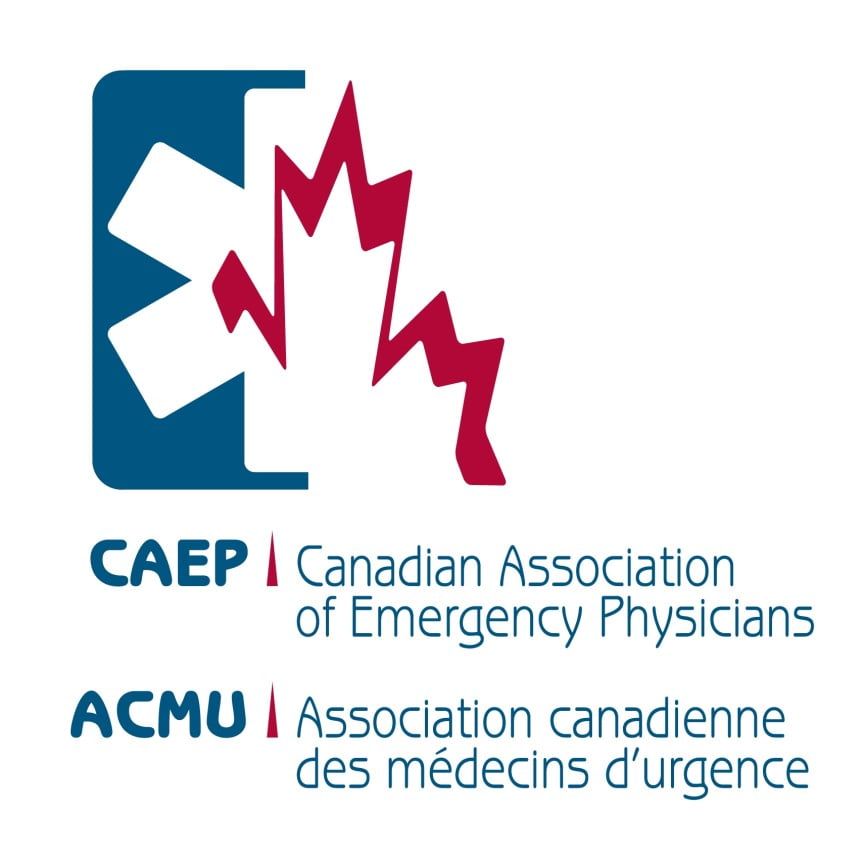Editor’s Note: Earlier this month at #CAEP15, we found out that one of the residents (Dr. Qamar Amin –@qam1n) at the University of Ottawa (who is the lead author of the CJEM featured paper this month) was going to be there. As we are very excited to see junior clinician researchers doing great work, so we reached out to the CJEM social media team to see if they could help us with a profile of the author, and to get the low down on their project. -TC
RM: What got you interested in this research project?
QA: I had a couple patients with PE early in my training with some bad outcomes- partly due to a delay in making the diagnosis because their presentation was not so classic- since then, i became interested in the disease process and saw the opportunity to further investigate it.
RM: What do you want Canadian emergency physicians to take away from this article?
QA: Really just to draw attention to ambulatory vital signs as a marker in PE. ED physicians should be aware of this association- this has never been demonstrated before in an ED setting. It’s always challenging for disposition in the low-risk patients. We found that both variables (HR and O2 sat) are highly sensitive if they can walk, and can perhaps offer some help here as a potential screening tool with future research.
RM: Was there something surprising about your results?
QA: So we didn’t even know if we’d even find anything significant in the results – we then thought the ambulatory O2 saturation would yield a more sensitive result out of the 2 if anything- seeing that the HR was in fact the most sensitive was a bit surprising to us but make sense now.
RM: What is the most important limitation that readers should know about this study?
QA: This was a pilot study, therefore it’s not ready for prime time use yet- it needs to be prospectively validated in future research first, but I think it’s still important for us to recognize the association of ambulatory O2/HR with PE.
RM: What was the most unexpected challenge you faced as a young researcher? What advice would you have for other young EM researchers?
QA: I think just the sheer work involved in conducting a prospective cohort study- this was a relatively small sample (114 pt’s), but the logistics and work involved of it were quite challenging. Applying for grants and going through that process was also a steep learning curve, but a great experience to gain in the end. The best advice I would offer to other young researchers is talk to the experts in the field you’re researching, their experience and knowledge on the topic will help sharpen your own ideas and hopefully make your journey (a lot) smoother.
RM: What was it like working with ‘celebrities’ in research like Jeff Perry and Ian Stiell?
QA: (Chuckles) To be honest I was a bit nervous just pitching my idea to him initially, but Jeff’s character is very warm and welcoming. We worked together on several clinical shifts and so I knew him well prior to approaching him with this idea. Working with him on this was a lot of fun and I was fortunate to have learned a great deal from him. Definitely want to give him a shout out for his support! Ian and Marc offered some great feedback and support throughout this study as well and were also easy to work with, and I think thats why we were able to produce something meaningful in the end.
RM: What’s next for this project/research topic?
QA: Hopefully we can further develop this into a prospective study (any takers? *hint hint* – Tweet me @qam1n) perhaps combine it with pre-existing CDR’s to see if we can improve the sensitivity of them.
This piece has been reviewed by Dr. T. Chan.
A copy of the CJEM infographic (by Alvin Chin, MD(cand) and Dr. Eve Purdy) for this featured article is below.

